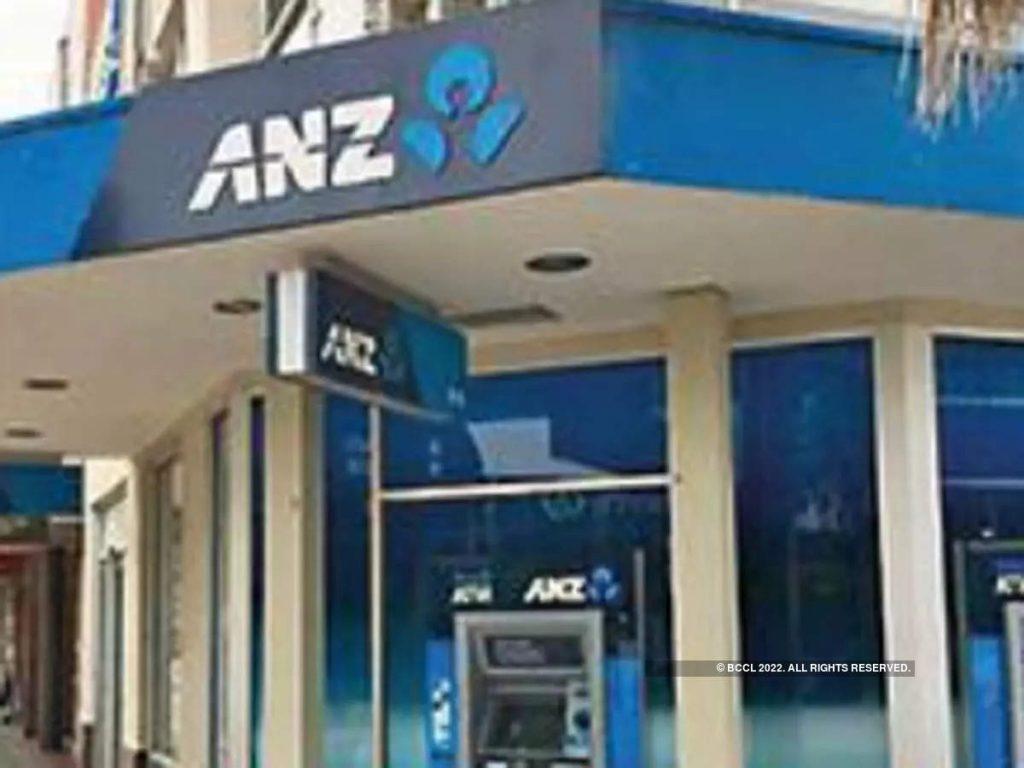Last Updated on June 23, 2025 by admin
Understanding the basics of a line of credit, loan, and home equity is crucial for making informed financial decisions. A line of credit is a flexible borrowing option that allows individuals to access funds up to a predetermined limit.
Borrowers can draw on these funds as needed, only paying interest on the amount used. This makes it an ideal option for ongoing expenses or projects with variable costs.
On the other hand, a loan provides a lump sum amount that is repaid with fixed monthly payments over a specified period. Loans are typically used for specific, one-time expenses such as purchasing a car or undertaking a large-scale home improvement project.
Home equity, however, is the difference between the current market value of a home and the outstanding mortgage balance.
Homeowners can tap into this equity through home equity loans or lines of credit, known as a HELOC. A home equity loan operates like a traditional loan, offering a lump sum with fixed interest and repayment terms.
In contrast, a HELOC works similarly to a line of credit, providing a revolving credit line secured by the home’s equity. These financial tools serve different purposes and are suited to various financial goals, making it essential for borrowers to clearly understand their needs and repayment capabilities before choosing one
Also read: What is difference Between A Credit Card and Debit Card
What Is A Line Of Credit?
A line of credit is a flexible financial tool that allows individuals or businesses to borrow money up to a predetermined limit from a lender and access funds as needed, rather than receiving a lump sum amount upfront as in a traditional loan. It functions similarly to a credit card, providing a revolving balance that can be borrowed, repaid, and borrowed again.
This type of borrowing is particularly useful for managing cash flow, funding short-term needs, or capitalizing on unexpected opportunities. Interest is typically charged on the amount actually borrowed, not the total credit limit, making it a cost-effective option for those who require financial flexibility.
The borrower is usually required to make minimum periodic payments that cover interest charges and a portion of the principal, with the remaining balance being available for future withdrawals.
Lines of credit can be secured or unsecured, with secured options often having lower interest rates as they are backed by collateral, such as a home or other assets. Unsecured lines of credit generally have higher interest rates due to the increased risk to the lender.
The approval process for a line of credit typically involves assessing the borrower’s creditworthiness, income, and overall financial situation to determine eligibility and the appropriate credit limit, making it an accessible solution for those with a strong credit profile, but potentially challenging for those with less favorable credit.
Read: TD Bank Personal loan and Line of Credit: Requirements and application process review
Understanding Loans: Types And Features
Understanding loans involves recognizing the diverse types and features they offer. A loan is a financial agreement in which a lender provides a borrower with a fixed sum of money, which the borrower agrees to repay over a specified period with interest. The primary types of loans include personal loans, auto loans, student loans, mortgages, and home equity loans, each tailored to specific financial needs.
Personal loans are unsecured, meaning they do not require collateral and can be used for various purposes such as consolidating debt or funding significant purchases.
They typically come with fixed interest rates and set repayment terms. Auto loans are secured loans used specifically for purchasing vehicles, where the vehicle itself serves as collateral. Student loans, designed to cover educational expenses, may be subsidized or unsubsidized, affecting interest rates and repayment terms.
Mortgages are long-term secured loans used to purchase real estate. They often feature competitive interest rates due to the property serving as collateral. Home equity loans, a subset of mortgages, allow homeowners to borrow against the equity built in their property, often used for home improvements or debt consolidation.
Loans vary in terms, interest rates, repayment schedules, and purposes. Understanding these differences is crucial in selecting the right financial product that aligns with one’s needs, financial situation, and repayment capacity.
Read; PNC Bank Personal Loans & Lines of Credit: How to apply and requirements
Home Equity: How It Works
Home equity refers to the portion of a property that the homeowner truly owns, calculated by subtracting any outstanding mortgage balance from the property’s current market value.
It represents a significant financial asset for many homeowners, serving as a potential source of funds. Home equity builds over time as the homeowner makes mortgage payments and as property values appreciate. Accessing this equity can be done primarily through home equity loans or home equity lines of credit (HELOCs), each offering distinct advantages and considerations.
In a home equity loan, the homeowner borrows a lump sum at a fixed interest rate, which is repaid over a set term. This option is ideal for those who prefer predictable payments and who need a specific amount of money for substantial expenses, such as home renovations or debt consolidation.
On the other hand, a HELOC operates more like a credit card, providing the flexibility to borrow as needed up to a predetermined limit, with variable interest rates that fluctuate with market conditions.
The borrower needs to make interest-only payments during the draw period, typically followed by a repayment phase.
Understanding how home equity works empowers homeowners to make informed decisions, leveraging one of the most valuable assets they possess. Properly harnessed, home equity can be a powerful tool in achieving financial goals.
Differences Between Line Of Credit, Loan, And Home Equity
A line of credit, a loan, and home equity differ mainly in structure, purpose, and how the borrowed funds are accessed and repaid. A line of credit is flexible, allowing borrowers to access funds up to a predetermined limit as needed, and they pay interest only on the amount used.
This financial tool is often used for ongoing expenses or to manage cash flow for businesses and individuals, providing a safety net for unforeseen expenses or opportunities
In contrast, a loan involves borrowing a lump sum of money upfront, which is typically repaid in fixed monthly installments over a specified period.
Loans are often suited for one-time expenses like purchasing a car or funding a specific project, providing predictability in repayment. Home equity, specifically a home equity loan or line of credit, leverages the borrower’s accumulated home value as collateral.
It can offer lower interest rates compared to unsecured loans or lines of credit due to the collateralized nature. A home equity loan provides a lump sum, while a home equity line of credit (HELOC) functions similarly to a standard line of credit, offering flexibility in borrowing. However, the risk is higher since defaulting could lead to losing one’s home. Understanding these differences helps borrowers choose the most appropriate option for their financial needs.
Read: How to apply for capital one credit card and get approval
Choosing The Right Option For Your Financial Needs
When deciding between a line of credit, a loan, or tapping into home equity, understanding your financial needs and goals is essential. Each financial product has distinct features that make it suitable for different situations. A line of credit offers flexibility, providing access to funds as needed, which can be advantageous for managing cash flow or financing ongoing projects with unpredictable expenses.
This option allows you to borrow up to a pre-approved limit and only pay interest on the amount used, offering a practical solution for those needing intermittent access to funds.
In contrast, a traditional loan provides a lump sum of money upfront with a fixed repayment schedule, making it ideal for large, one-time expenditures such as purchasing a car or funding a major renovation. Loans offer predictability with consistent monthly payments and interest rates, which aid in budgeting and financial planning. Home equity options, such as a home equity loan or line of credit, allow homeowners to borrow against the value of their property.
This can be an attractive choice for significant home improvements or consolidating existing debt due to potentially lower interest rates compared to unsecured borrowing methods.
Ultimately, the best option depends on your financial objectives, current debt levels, and comfort with either structured repayments or flexible borrowing. Carefully assessing your situation will help ensure you select the financial tool that aligns best with your needs.

















